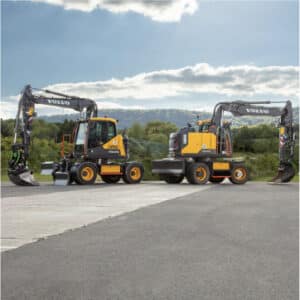
Heavy Equipment Fleet Management Strategies
The larger your fleet is, the more critical it becomes that you effectively manage your machines. Proper construction equipment management is a critical part of monitoring the performance of your entire fleet, protecting your investment, and ensuring the success of your business. We’ve put together some tips and best practices for keeping your heavy equipment fleet as productive as possible for as long as possible.
Stay proactive with maintenance
One of the most important fleet management strategies is to enroll your machines into preventive maintenance contracts. It is necessary to handle routine service at the intervals suggested by the manufacturer. Doing so will optimize the performance of your equipment and ensure maintenance is properly documented for warranty assurance. Proactive maintenance is the primary basic for construction equipment management, because it helps stabilize operational costs and avoid unexpected expenses by identifying small problems before they come large, expensive issues.
Pay attention to the 80-20 rule
Generally speaking, 80% of all maintenance costs are spent on 20% of machine issues. An important part of heavy equipment fleet management is to recognize the most common problems and take actions to fix them. That way, you can minimize the things that consume your operating budget and consistently cause downtime.
Take advantage of machine monitoring tools
One of the key fleet management strategies is to utilize machine monitoring tools. This new technology collects critical data, converts that data into useful information, and gives you insights into how your equipment is performing and what can be done to improve performance. Software is also available that will help you calculate a machine’s resale value, determine ownership and operating costs, and estimate parts, repair, and labor expenses for each machine. This information makes construction equipment management much easier, because you can make smarter decisions about how to use different machines and when it may be time to sell and upgrade.
Routinely analyze your fluids
Regularly conducting fluid analysis and comparing contaminant levels to normal wear rates helps identify potential issues with components before a major failure happens. Analyzing fluids is one of the most important heavy equipment fleet management strategies we can share with you, because it gives you a picture of how your machine is working internally and will help you avoid unnecessary downtime and expensive repairs.
Maintain tight records
Keeping comprehensive records of your heavy equipment fleet helps you reliably predict machine expenses and productivity, including working hours, fuel consumption, maintenance costs, and more. If you are deciding whether to repair or replace a piece of equipment, having key machine data and information can help you make the best decision. We recommend keeping a file for each piece of equipment in your fleet and documenting all service and repairs.
Keep an eye on machine age
An important part of developing effective heavy equipment fleet management strategies is understanding that, generally speaking, owning and operating costs follow a parabolic slope. That means that total machine costs go down during the early years of owning the equipment, as capital costs are spread over a longer period of time. However, operating costs increase during the same period, eventually causing an increase in average total cost. The point at which the sum of ownership costs and operating costs is at its lowest point is the best age for operating your machines efficiently.
One of the most crucial heavy equipment fleet management strategies is to stabilize the average age of all your machines near this point to keep your total cost of ownership as low as possible.
Is rebuilding or replacing the right choice?
Heavy equipment fleet management often involves deciding whether you should rebuild or replace a machine.
You can use this simple formula to calculate and compare the costs of each choice:
Cost to rebuild (new equipment price x .5)/equipment life (estimated hours x .75) = cost per hour
For example, a new piece of equipment that is $140,000 with an estimated life of 10,000 hours would cost $14 per hour to operate. To compare, calculate the cost to rebuild.
($140,000)(.5)/(10.000)(.75) = $9.33 per hour
If the cost to rebuild is $70,000 for an estimated equipment life of 7,500 hours, at $9.33 per hour, it is more cost effective to rebuild than to replace.
If you have any questions about heavy equipment fleet management strategies, contact our team today.









